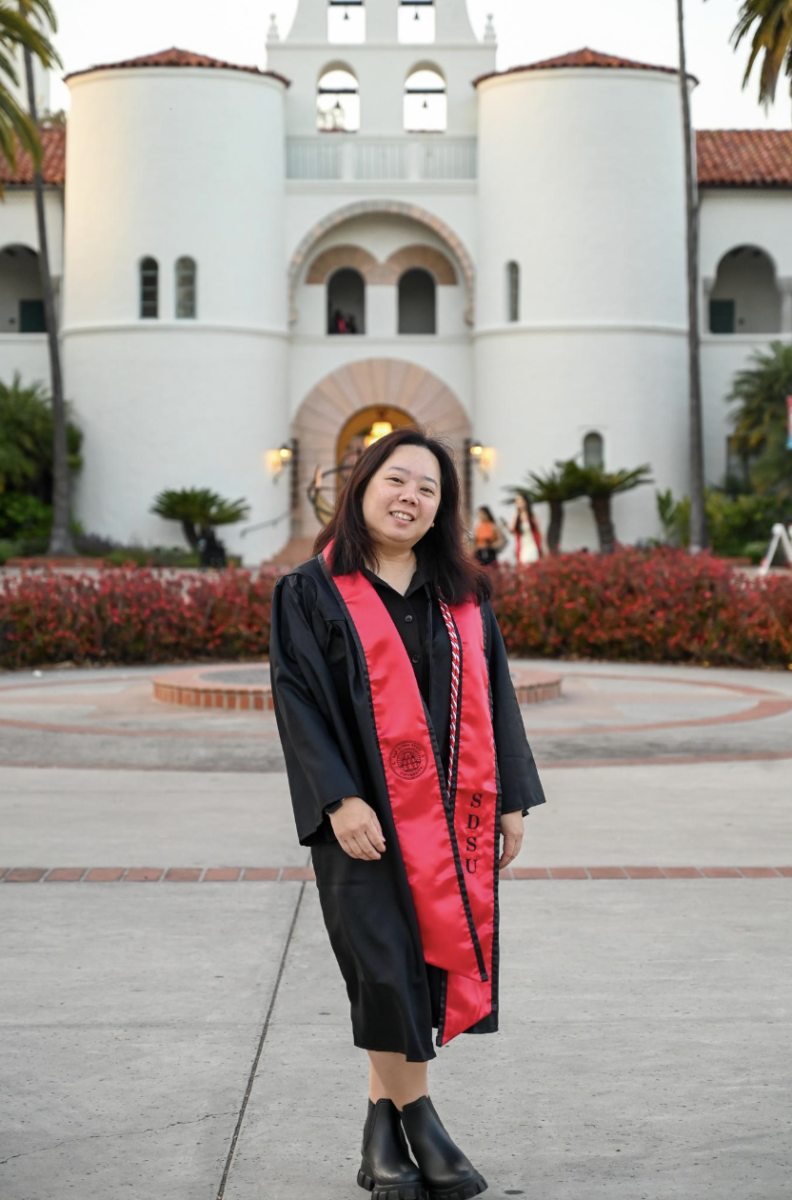From the time a young girl begins her journey of development, she will be hassled with the additional costs of being a woman, both social and material.
She must purchase bras, which she will have to repurchase as she continues to grow. Facial cleansers, makeup, deodorant, razors and so many other expenses begin to pile up as she approaches adulthood..
For a majority of a young girl’s life, feminine hygiene products will be a must for her shopping cart. The average woman will have her period from the ages of 13 to 51. According to a report by the Huffington Post, 70% of women use tampons. Combining regular cycles with a 36-pack of tampons, the average woman will spend $1,773 on tampons in her lifetime.
Outside of that cost, a woman’s monthly purchases for her period may include Midol, pantiliners, birth control, sanitary pads and more.
Women are faced with the baggage of our gender everyday. Pay gaps, reproductive injustice, discrimination in the workforce and a lack of representation in media are just some of the social burdens of being a woman. With these in mind, an uncontrollable factor of female health should not be an additional cost to the already expensive subscription to womanhood.
Legislation in Ohio and Wisconsin has made sanitary products in public restrooms free. Nancy Kramer kickstarted the campaign, Free the Tampon, an organization that advocates for free female sanitary products in public restrooms. Kramer made the point, “Tampons and pads should be treated just like toilet paper. They’re the equivalent.” Research conducted by Kramer showed that it costs $4.67 annually to provide each female student or employee with free feminine hygiene products.
Ultimately, high tampon prices are a barrier to healthy lifestyles for women. According to Listen Money Matters, products for females cost 7% more than male products. Personal care items for females retail 13% more than those catering to their male counterparts.
A recent survey came to the conclusion that two-thirds of low-income women in St. Louis, Missouri could not afford tampons or pads for the span of 2018. Without resources, women substituted tampons with rags, tissues, toilet paper and even diapers.
Hygiene is not a privilege and tampons are not a luxury. Allowing women to suffer on a monthly basis simply due to a lack of funds highlights the worst parts of gender discrimination. If we take the scope outside of the U.S. and focus this proposition on developing countries, the case for free hygiene products becomes even more pressing.
In countries where women are the brunt of abuse, menstruation is often shamed. This leads to a lack of resources and knowledge for young girls about their periods. Globally, the needs of young girls are woefully underserved. In India, only 12% of females use sanitary products.
Menstruation is a leading reason for why young girls drop out of school. Not having the proper resources during the school day to care for their periods is uncomfortable and an inconvenience for female students. The United Nations Educational, Scientific and Cultural Organization reported that one in 10 girls living in sub-Saharan Africa miss school during their time of menstruation.
Hygiene and education are not privileges, they are fundamental human rights.
Girls should not have to suffer through problems they didn’t create, especially in countries where they are deemed powerless. Tampons and pads should not be items of luxury or consumer motivated products, rather they should be viewed as a guaranteed necessity provided to all women.
Athena Jreij is a freshman studying journalism. Follow her on Twitter @goddsz.






